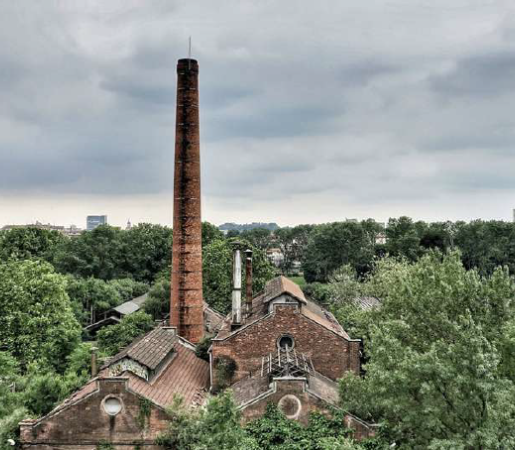
Milan
GOCCIA - Green opportunities to clean-up contaminants through an interspecies alliance
GOCCIA explores the potential of ‘interspecies design thinking’ in recovering an area previously contaminated by industrial activities. Once a gas production site, the area of ‘La Goccia’ in Milan faced high levels of soil contamination until it transformed into a wild urban woodland over the past 30 years. GOCCIA studies the plant-microorganism interactions involved in contaminant degradation, focusing on spontaneous phytoremediation and encouraging interspecies collaboration. The findings will inform the design of new nature-based solutions (NBS), leveraging the existing ecosystem and the role of the natural environment itself as a key stakeholder in the solution.
Our main challenges...
The ‘La Goccia’ green space is a 33-hectare area that once hosted a gas production site, until it re-naturalised into a wild urban woodland over the past 30 years. However, quality soil structure and functions are not yet restored.
The green area offered by the ‘La Goccia’ woodland is under-utilised and under-exploited by local populations due to inaccessibility, lack of land management and lack of awareness.
There is still a lack of understanding of how multiple species of plants and other organisms can combine in complex ways to restore soil quality through natural processes including phytoremediation in the most effective and environmentally beneficial ways.
and proposed solutions
Soil remediation through experiments in the use of an ‘inter-species alliance’ of different plants and micro-organisms to recover an 18-hectare contaminated area of ‘La Goccia’ woodland .
An experimental governance model based on the 5-helix principles, that incorporates a diverse range of interdisciplinary skills and includes the environment as a key stakeholder through the provision of ecosystem services (nature-based solutions).
A strategic plan for how to harness the potential of the ‘La Goccia’ area to balance and support ecological health, biodiversity, social equity, and economic prosperity in Milan.
Key figures
Milestones
Start reclamation activity by phytoremediation with nature-based solutions (NBS), including the requalification of an existing historic building present on-site.
Set-up and activation of stakeholder and citizen engagement processes.
The governance model will work as a baseline to draft the guidelines for scalability.
The strategic plan will be dynamic, sharing challenges and defining a common 5-year strategy.




